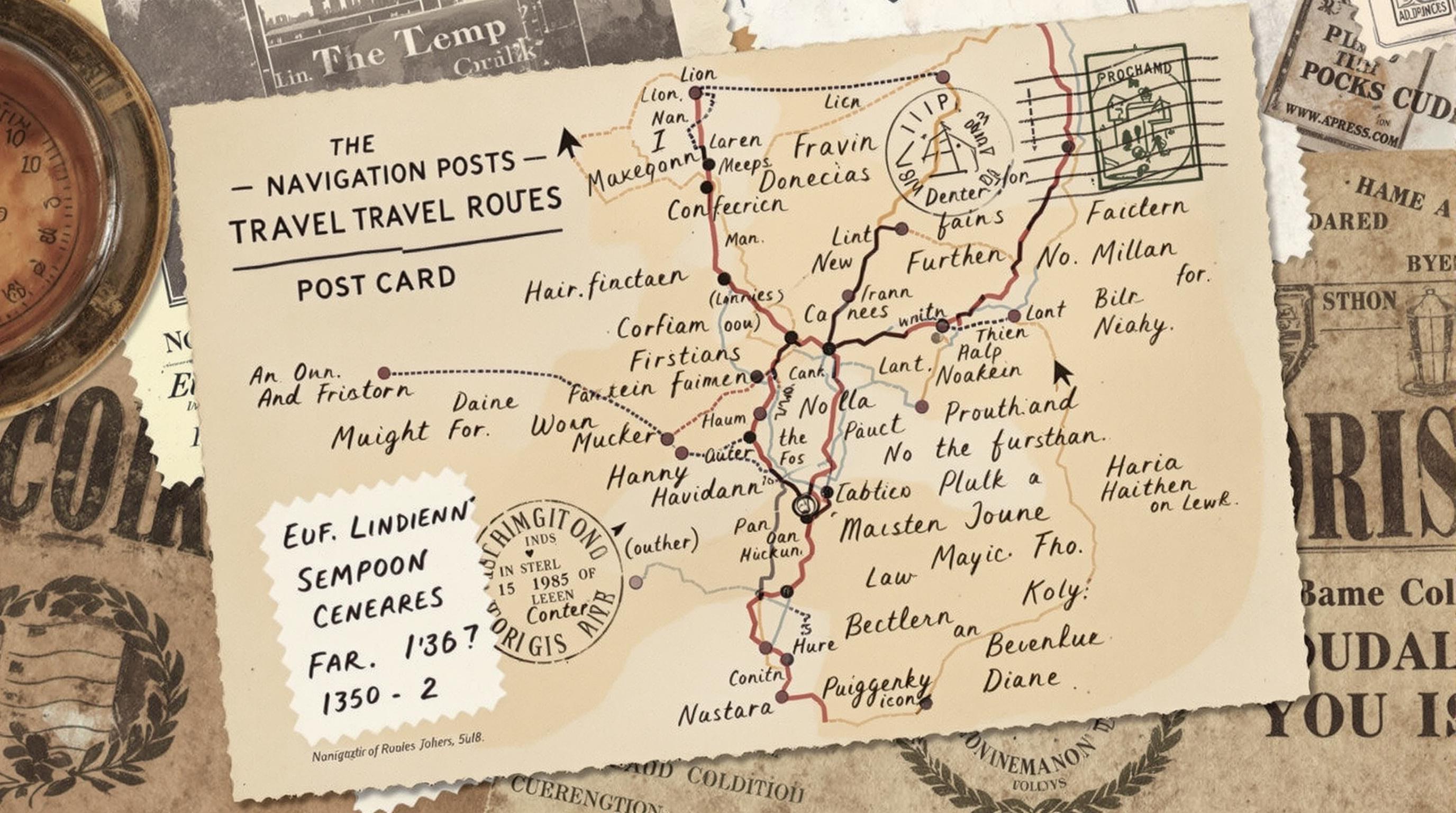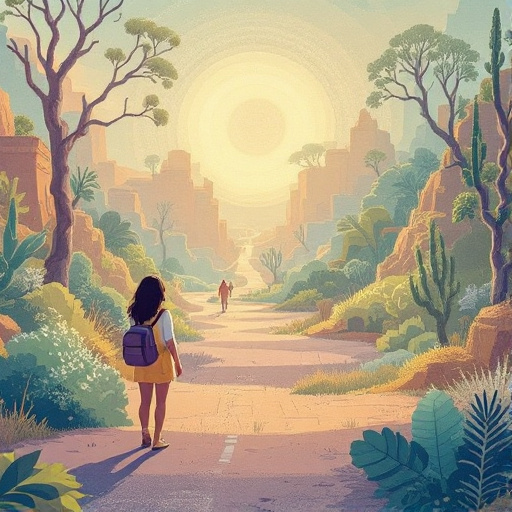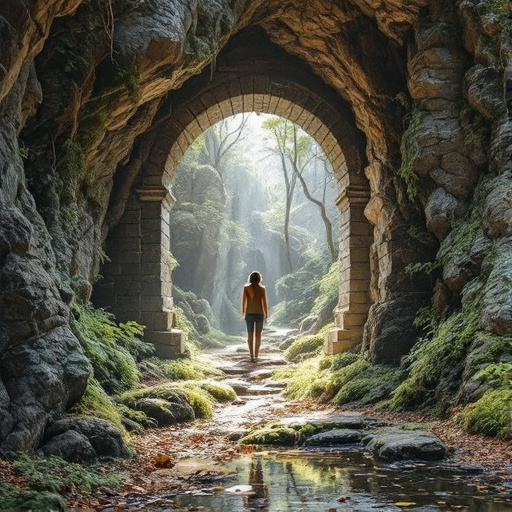Featured Articles
- Exploring the Rise of 'Nomadic Gastronomy': A Culinary Journey through Uncharted Travel Experiences
- Exploring the Rise of "Slow Travel": Rediscovering the Joy in Journeying, One Hidden Corner at a Time
- Navigating Nostalgia: Rediscovering Vintage Travel Routes Through Forgotten Postcards and Itineraries
- The Silent Journeys: Exploring the Rise of Travel Experiences Without Social Media Distraction
- Top 8 Groundbreaking Travel Experience Products Launched Since 2019: Expert Reviews and Rankings
Navigating Nostalgia: Rediscovering Vintage Travel Routes Through Forgotten Postcards and Itineraries
Navigating Nostalgia: Rediscovering Vintage Travel Routes Through Forgotten Postcards and Itineraries
Exploring vintage travel routes through forgotten postcards and itineraries opens a doorway to a bygone era rich in culture and adventure. This article meanders through nostalgia, uncovering historical gems while reflecting on how travel has evolved, inviting modern explorers to reimagine journeys of old.
Tracing the Path of Postal Wanderers
Imagine plucking a postcard from a dusty attic, then suddenly being swept into a vibrant narrative of a 1920s Mediterranean voyage. Postcards were more than mere snapshots; they were the social media of the past, capturing moments, stories, and emotions during travels that often spanned weeks or months. These tiny epistles preserve not only visuals but also handwritten tales hinting at forgotten routes and experiences now obscured by modern highways and airports.
Statistical Glimpse Into Vintage Travel
According to a study by the International Postcard Collectors Association (IPCA), the golden age of postcards—roughly between 1900 and 1930—witnessed over 70 million vintage postcards sent annually across Europe. Many of these documented less-traveled paths that today stand almost erased from mainstream tourism itineraries.
A Personal Reflection: Rediscovering My Own Grandfather’s Itineraries
At 67, my curiosity led me to my grandfather’s travel trunk. Nestled beneath faded maps were meticulously kept itineraries and postcards. His 1938 journey through the Balkans was a journey both physical and emotional—a testament to resilience between upheavals before World War II. His detailed notes and vivid postcards now serve as a blueprint for retracing those lost routes, bridging history and memory.
Conversational Snap: “Can you imagine spending two full days on a steamship just to get from Venice to Dubrovnik?” I once asked a friend, marveling over a 1920s itinerary. Those were travel luxuries that today’s jet-setters might scoff at, yet they held the charm of slow discovery, a stark contrast to our era of rushed layovers and fleeting selfies.
Persuasion: Why Should You Care About Vintage Travel Routes?
In an age dominated by curated experiences and mass tourism, reviving old travel routes offers a fresh lens to view cultural heritage. These routes encourage sustainability and authentic engagement with local communities rather than superficial visits. Travelers seeking depth over speed will find that vintage paths encourage mindfulness and curiosity—a form of tourism profoundly human and enriching.
Economic Impact of Heritage Tourism
Research from the European Travel Commission highlights that heritage tourism contributes approximately €80 billion annually to the European economy, with a significant spike in interest toward authentic, off-the-beaten-path trips. Choosing vintage routes supports local artisans, preserves cultural landscapes, and diversifies travel economies away from over-touristed hubs.
Nostalgia is No Laughing Matter—Or Is It?
Of course, nostalgia often paints with rose-colored hues. The notion of ‘simpler times’ overlooks the travel challenges faced by past generations: slower transport, fewer amenities, language barriers without translation apps, and unpredictable journeys. Yet the humor lies in these struggles—like attempting to decipher a handwritten itinerary in shaky cursive or the hilarity of a mismatched postal stamp.
One can’t help but chuckle over a 1940s postcard I uncovered that began, “Dear Aunt Millie, missed the train by seconds but charmed a local dog instead.” Vintage travel narratives brim with such moments, reminding us that adventure is as much about mishaps as it is about landmarks.
Storytelling: A Vintage Voyage Reborn
In summer 2022, a group of millennials in Tuscany embarked on a journey inspired by early 20th-century guidebooks and postcards. They cycled old rural routes, stopped at tiny inns praised in aged letters, and documented their experiences blending past and present. Their trip went viral on social media, sparking renewed interest in vintage travel among younger generations. This fusion reminds us nostalgia isn’t fossilized—it’s alive, evolving, and contagious.
Case Study: The Revival of the Orient Express Routes
The legendary Orient Express, immortalized by Agatha Christie, has undergone partial revivals through heritage tours. According to the Venice-Simplon Orient Express company, heritage trips along these routes saw passenger numbers increase by 40% between 2016 and 2021. This surge reflects a collective yearning to experience travel steeped in history, luxury, and storytelling.
Casual Musings: Fancy sitting down with an espresso while watching vintage trains chug through the Alps? The demand for such experiences indicates that much of today’s wanderlust craves the romance of a travel era that felt less automated and more artisanal.
The Art of Rediscovering Forgotten Itineraries
Unearthing old itineraries requires a blend of detective work and creativity. Libraries, archives, and even flea markets are treasure troves, while digital platforms like Europeana or the Digital Public Library of America provide accessible scans of historic travel documents. Cross-referencing postcards, personal letters, and guidebooks allows reconstruction of authentic experiences, presenting a more nuanced picture than modern tourism brochures.
Bridging the Gap Between Then and Now
The challenge lies in adapting these vintage routes to contemporary realities—balancing preservation with practicality. Infrastructure may have changed; borders may have shifted. Yet many elements like local markets, historical landmarks, and natural scenery remain vibrant anchors. Modern travelers can use GPS and apps as helpful guides but should strive to retain the serendipity and charm that defined earlier voyages.
Environmental Considerations
Traveling vintage routes can also promote environmentally conscious tourism. Favoring trains, bicycles, and walking over cars and planes reduces carbon footprints, aligning with current ecological imperatives. This approach reconnects us not only to history but also to the land itself—a crucial step toward sustainable exploration.
A Final Thought: Whether you are a student with a fascination for history, a retiree seeking meaningful adventures, or simply a traveler craving uniqueness, navigating nostalgia through vintage travel routes is a journey of rediscovery—not just of places, but of ourselves.




